The basically blue variety of zoisite discovered in Tanzania in 1967 is commonly known as tanzanite.
Appearance This gem has a characteristic blue color. usually with a violet tinge. In lighter-colored specimens, it is almost lavender. This is the principal color, visible from the table facet in cut stones, because another characteristic of tanzanife is strong pleochroism from violet-blue to violet. grayish, or greenish. it has vitreous luster. The stones have few inclusions; where present, these sometimes look like thin. parallel tubules. It is normally given a round or oval. mixed cut, but the step cut is also used.nfl jersey sales
air max goaterra 2.0
durex skin feel
zion nike jordan
nike jordan proto max
wigs human hair
nike air max sale outlet
bayern shirt 22 23
cheap jerseys
grey curly wig
cheap jerseys
nfl gear
air nike sneakers
cheap yeezys
nfl jersey sales
Distinctive features The particular color, combined with the type of pleochroism described and moderate luster. make it fairly easy to distinguish. It can sometimes resemble cordierite, but this has much louver refractive indiccs and lower density. it is sometimes confused with sapphire but compared with this, it is visibly less lustrous and much less hard. It also has different plsochroism and different refractive indices. It is said to have very low resistance To ultrasound. Tanzanite jewelry should, therefore, never be cleaned with the ultrasonic cleaners commonly used by iewelers and wstchmakers. On a number of occasions, stones thus treated have suffered irreparable damage.
Occurrence Very limited quantities are found. almost exclusively in Tanzania, where, moreover, the chief deposit is apparently nearly exhausted.
Value Given its attractive color, its rarity, and the publicity which greeted its discovery, the value of tanzanite is quite high, little less than that of the violet-blue sapphires it resembles. But it is rarely seen on the market and is very much a collectors item. Its modest hardness makes it unsuitable for rings which are, of course, susceptible to knocks and abrasion.
Simulants and synthetics Being little known and of very recent history. this stone has neither been imitated nor produced synthetically.





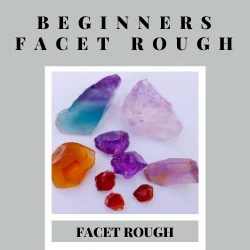


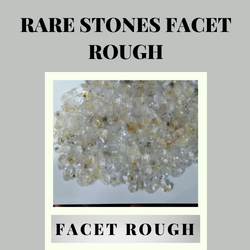
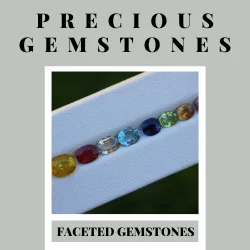
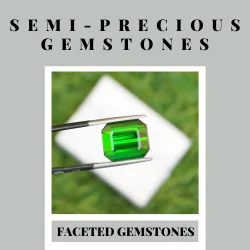
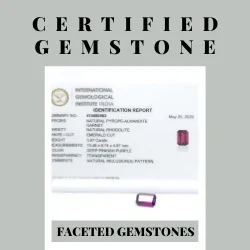
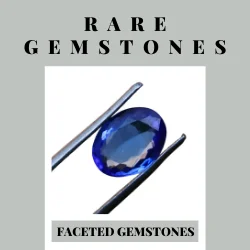
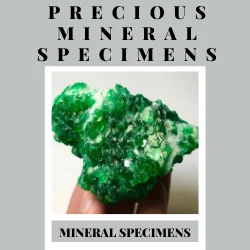

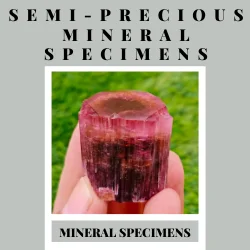

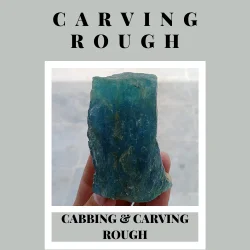
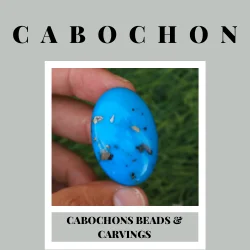
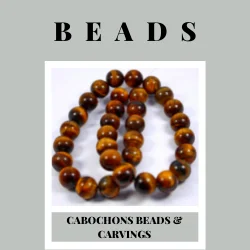

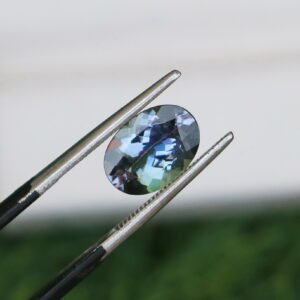
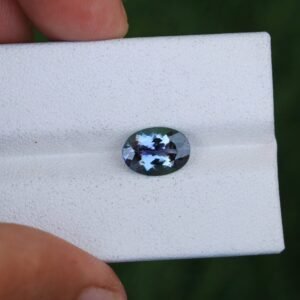
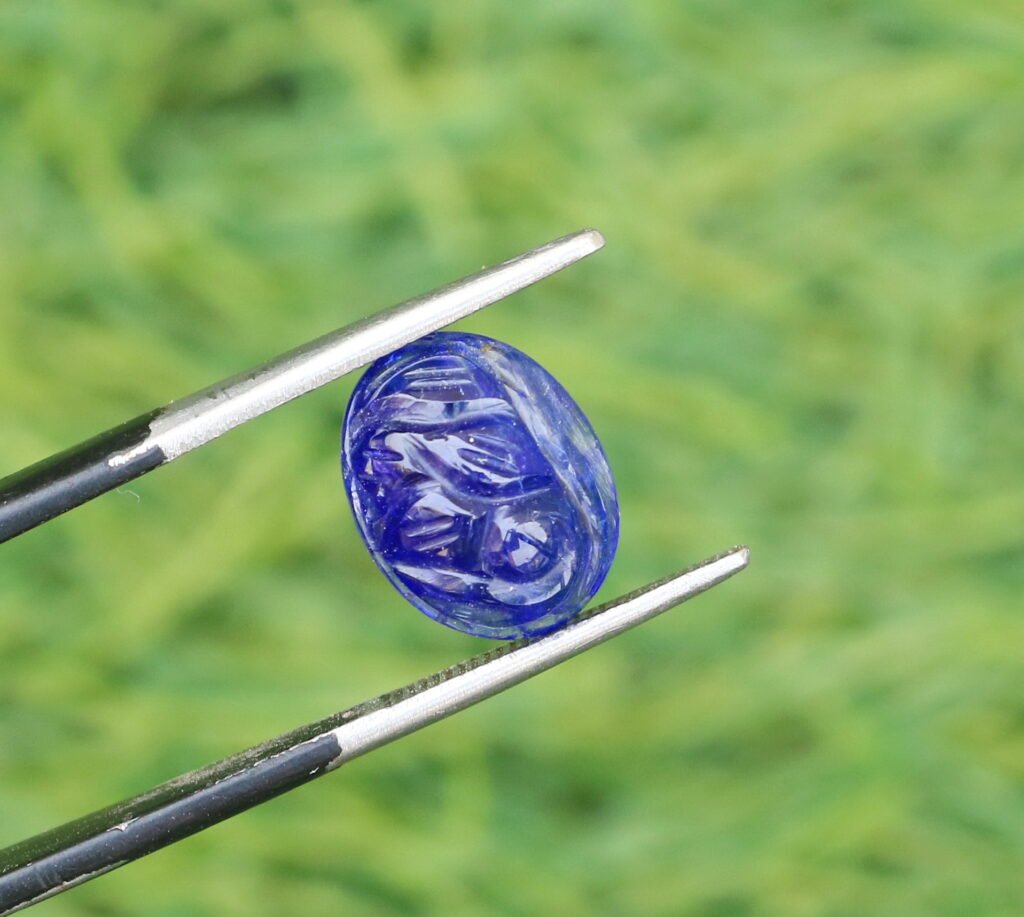

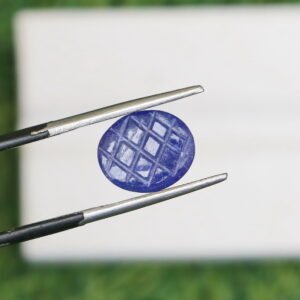

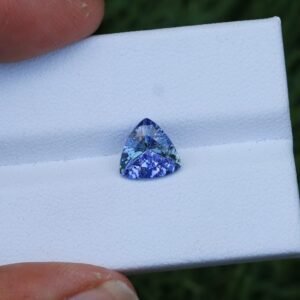


Leave a reply